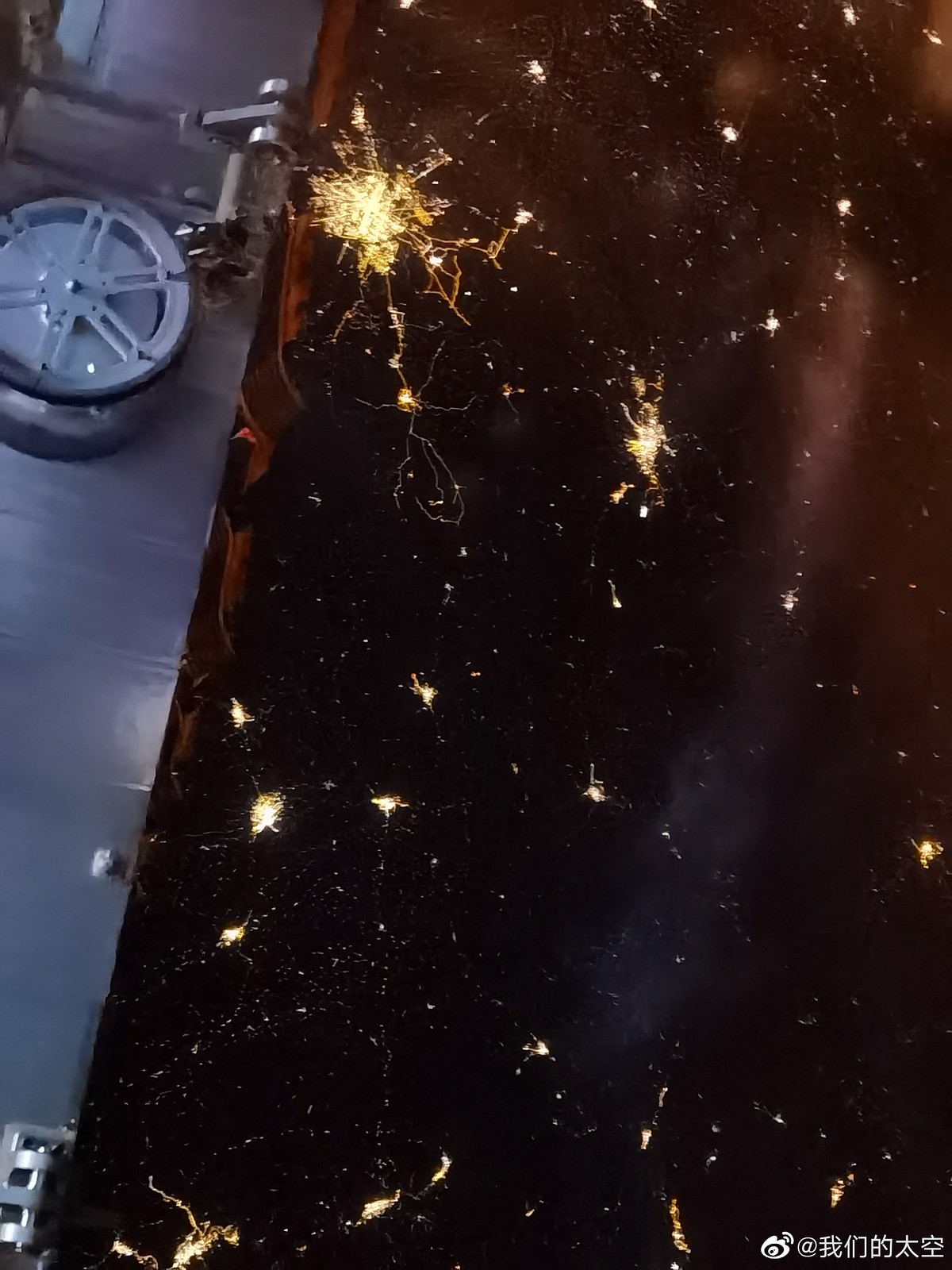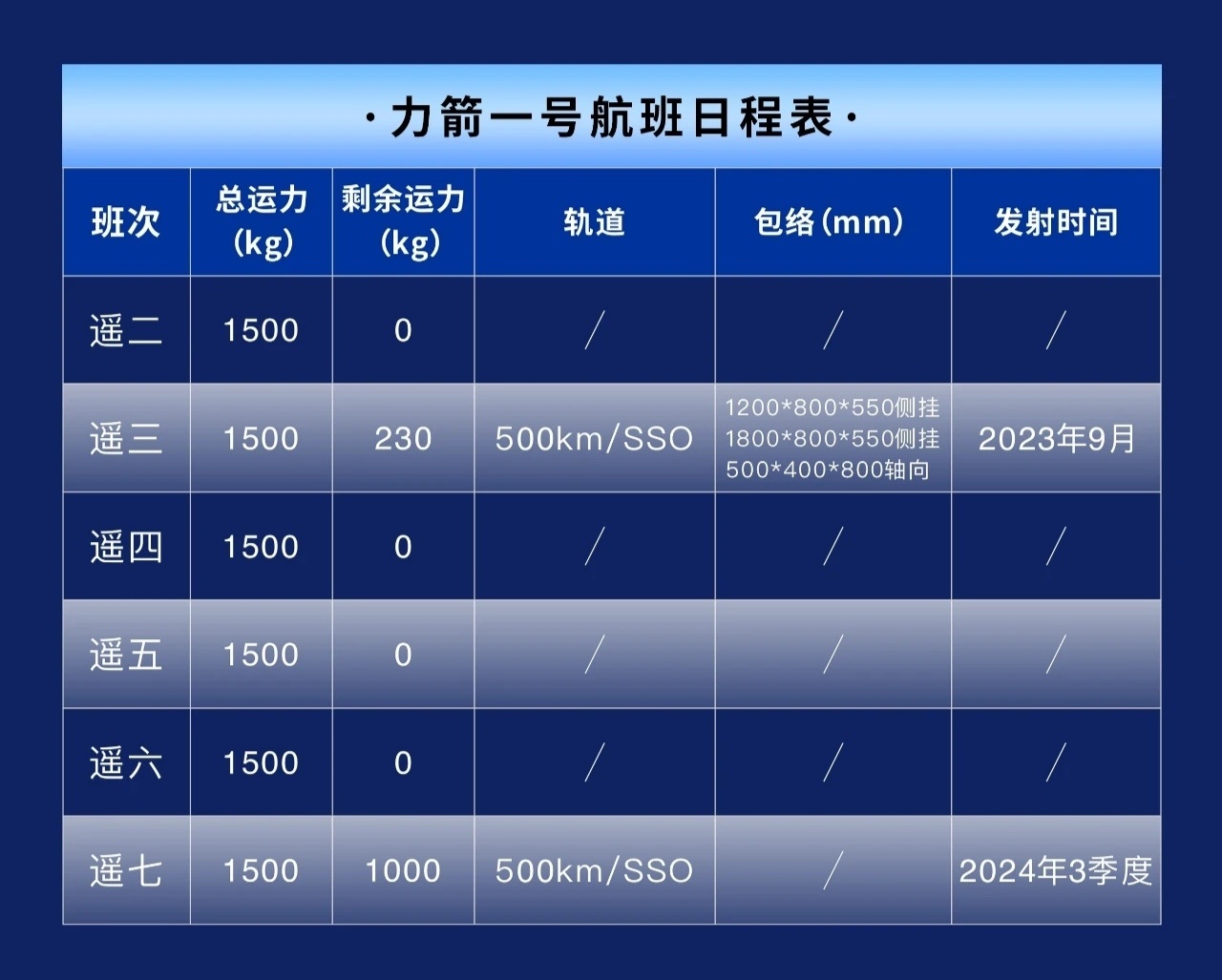by78
General
In a first for China, a commercial astronaut training and evaluation program has been .

A on this endeavor.
【中国《商业航天员等级评定及培训规范》团队标准评审会在京召开】2023年3月16日,《商业航天员等级评定及培训规范》团队标准评审会在北京召开。本次评审会由中国科学院地理科学与资源所研究员王英杰担任评审组组长并主持,中国探险协会主席韩勃、航天五院祝融号火星车总设计师贾阳、已退役的中国首批航天员潘占春和赵传东等出席本次标准评审会。
专家技术评审组由来自中国科学院、中国标准出版社、中国航天员科研训练中心、中国空间技术研究院、北京大学地球与空间科学学院及包括2名退役的中国首批航天员在内的7位专家组成,他们对中国探险协会标准起草小组提交的《商业航天员等级评定及培训规范》团体标准送审稿进行了逐项技术审查。
会议期间,评审组专家围绕标准编写的规范性、标准的适用范围、实施对象及技术要素等内容进行了深入讨论。专家们对送审稿中存在的问题,提出了严谨、科学的合理化建议,对不同意见开展交流、讨论,并逐一达成共识,完善了标准送审稿大纲的各级指标,让上述团体标准更具时代性、实用性、兼容性,为中探协贯彻国家标准化战略奠定了坚实基础。
继国家航天员之后,普通人频繁进出太空势必将成为可以预见的未来。中国航天员培训体系为开展商业航天员培训标准的起草制定奠定了坚实的基础,但目前商业航天员培训标准在业内还是空白话题,商业航天员体系的不完善、不规范势必导致培训质量参差不齐,一定程度上影响到中国航天产业的发展,《商业航天员等级评定及培训规范》便是在这样的背景下应运而生。
《商业航天员等级评定及培训规范》规定了中国商业航天员等级评定原则、评定主体、基本素质要求、评定要素、评定等级、评定程序与要求;另外,本团标对商业航天员培训对象、培训选拔标准、培训内容、培训机构、选拔培训委员会、培训师、培训组织、培训管理等方面的内容提供指导。本标准旨在系统性地培养中国商业航天员,以中国航天员培训为知识体系培训基础,同时通过模拟不同的太空环境及可能面临的情境,开展系列情景类模拟课程,并根据准航天员需要完成的培训任务及实际飞行后的飞行时长与次数划分商业航天员等级,有针对性地为每一级别的航天员培训提供步步深入的培训方式及内容,覆盖并解决人类太空探索的种种难点,并逐一击破。
经讨论,评审组7位专家一致认为,《商业航天员等级评定及培训规范》团体标准的制定,充分考虑了现阶段我国探险领域发展的实际情况、存在的问题以及急需解决的问题导向,内容清晰,可操作性强,同意在按照评审会修改意见进行修改后,作为中国探险协会的团体标准正式发布、实施。
[China's "Commercial Astronaut Rating and Training Specifications" team standard review meeting held in Beijing] On March 16, 2023, the "Commercial Astronaut Rating and Training Specifications" team standard review meeting was held in Beijing. The review meeting was chaired by Wang Yingjie, a researcher at the Institute of Geographic Sciences and Natural Resources Research of the Chinese Academy of Sciences, as the leader and chair of the review team. Han Bo, chairman of the China Exploration Association, Jia Yang, chief designer of the Zhurong Mars rover of the Fifth Academy of Aerospace Sciences, and the first batch of retired Chinese astronauts Pan Zhanchun and Zhao Chuandong attended the standard review meeting.
The expert technical review team consists of 7 members from the Chinese Academy of Sciences, China Standards Press, China Astronaut Research and Training Center, China Academy of Space Technology, Peking University School of Earth and Space Science, and 2 retired Chinese astronauts. Composed of experts, they conducted a technical review item by item on the group standard draft of the "Commercial Astronaut Rating and Training Specifications" submitted by the China Exploration Association standard drafting group.
During the meeting, experts from the review team conducted in-depth discussions on the standardization of standard writing, the scope of application of the standard, implementation objects and technical elements. The experts put forward rigorous and scientific rationalization suggestions for the problems in the draft for review, exchanged and discussed different opinions, and reached a consensus one by one, and improved the indicators at all levels of the standard draft for review, making the above-mentioned group standards more comprehensive. It is contemporary, practical and compatible, and has laid a solid foundation for China Exploration Association to implement the national standardization strategy.
Following the national astronauts, ordinary people frequently going in and out of space is bound to become the foreseeable future. The Chinese astronaut training system has laid a solid foundation for the drafting and formulation of commercial astronaut training standards. However, the current commercial astronaut training standards are still a blank topic in the industry. The imperfect and non-standard commercial astronaut system will inevitably lead to uneven training quality. Qi, to a certain extent, affects the development of China's aerospace industry, and the "Commercial Astronaut Rating and Training Standards" came into being under such a background.
"Commercial Astronaut Grade Evaluation and Training Specifications" stipulates the principles, evaluation subjects, basic quality requirements, evaluation elements, evaluation grades, evaluation procedures and requirements of China's commercial astronaut grade evaluation; Provide guidance on training selection standards, training content, training institutions, selection and training committees, trainers, training organizations, training management, etc. This standard aims to systematically train Chinese commercial astronauts. Taking the training of Chinese astronauts as the basis of knowledge system training, a series of scenario simulation courses are carried out by simulating different space environments and possible situations, and according to the needs of prospective astronauts, The completed training missions and the flight duration and times after the actual flight are divided into commercial astronaut levels, and the training methods and contents are provided step by step for each level of astronaut training in a targeted manner, covering and solving various difficulties in human space exploration , and break down one by one.
After discussion, the 7 experts in the evaluation team agreed that the formulation of the group standard of "Commercial Astronaut Grade Evaluation and Training Standards" fully considered the actual situation of the development of my country's exploration field at the present stage, the existing problems and the orientation of problems that need to be solved urgently. It is clear and highly operable. It is agreed to be officially released and implemented as the group standard of China Expeditionary Association after being revised according to the revision opinions of the review meeting.


















